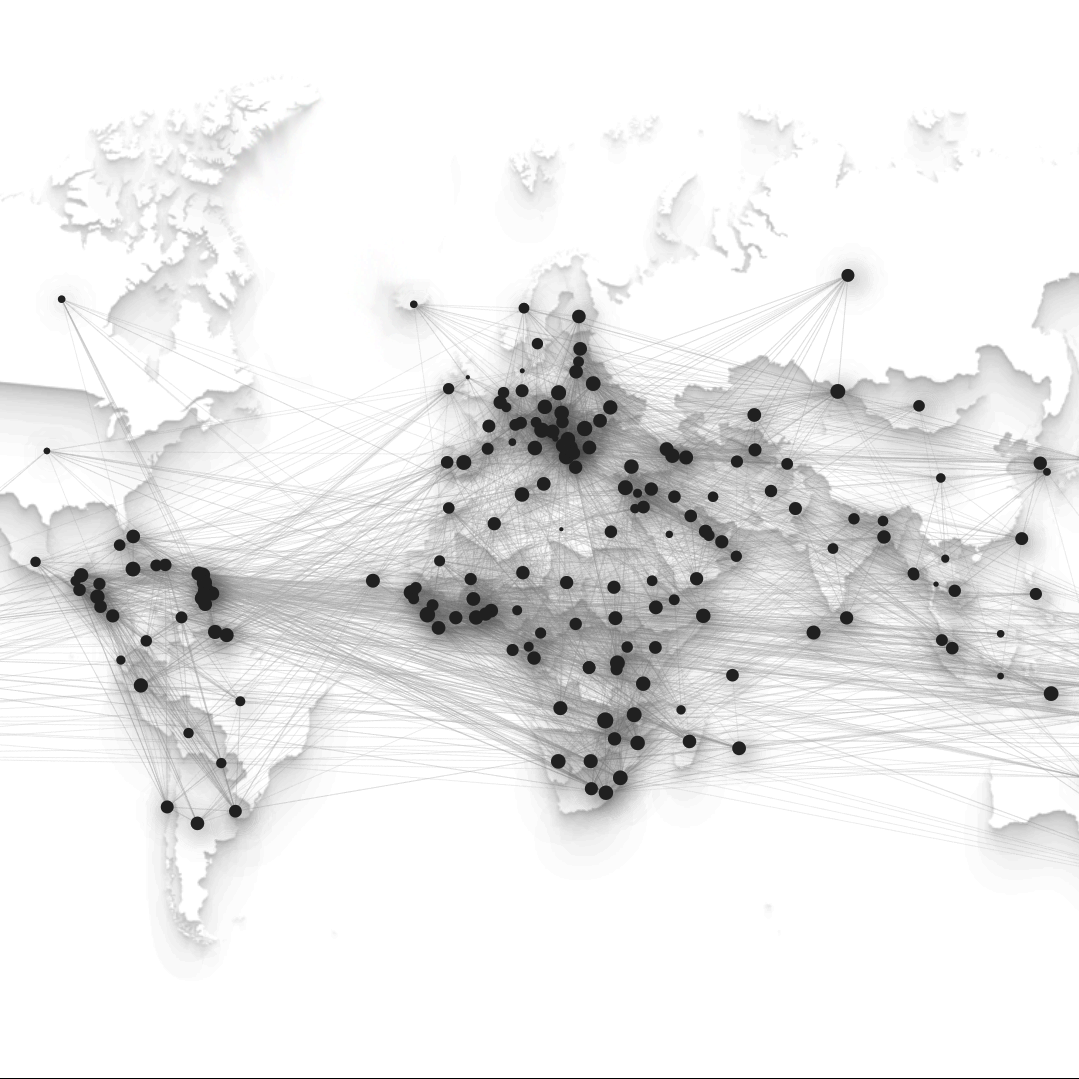Kartik Hosanagar and Vivian Jair at Harvard Business Review: “In 2013, Stanford professor Clifford Nass faced a student revolt. Nass’s students claimed that those in one section of his technology interface course received higher grades on the final exam than counterparts in another. Unfortunately, they were right: two different teaching assistants had graded the two different sections’ exams, and one had been more lenient than the other. Students with similar answers had ended up with different grades.
Nass, a computer scientist, recognized the unfairness and created a technical fix: a simple statistical model to adjust scores, where students got a certain percentage boost on their final mark when graded by a TA known to give grades that percentage lower than average. In the spirit of openness, Nass sent out emails to the class with a full explanation of his algorithm. Further complaints poured in, some even angrier than before. Where had he gone wrong?…
Kizilcec had in fact tested three levels of transparency: low and medium but also high, where the students got not only a paragraph explaining the grading process but also their raw peer-graded scores and how these were each precisely adjusted by the algorithm to get to a final grade. And this is where the results got more interesting. In the experiment, while medium transparency increased trust significantly, high transparency eroded it completely, to the point where trust levels were either equal to or lower than among students experiencing low transparency.
Making Modern AI Transparent: A Fool’s Errand?
What are businesses to take home from this experiment? It suggests that technical transparency – revealing the source code, inputs, and outputs of the algorithm – can build trust in many situations. But most algorithms in the world today are created and managed by for-profit companies, and many businesses regard their algorithms as highly valuable forms of intellectual property that must remain in a “black box.” Some lawmakers have proposed a compromise, suggesting that the source code be revealed to regulators or auditors in the event of a serious problem, and this adjudicator will assure consumers that the process is fair.
This approach merely shifts the burden of belief from the algorithm itself to the regulators. This may a palatable solution in many arenas: for example, few of us fully understand financial markets, so we trust the SEC to take on oversight. But in a world where decisions large and small, personal and societal, are being handed over to algorithms, this becomes less acceptable.
Another problem with technical transparency is that it makes algorithms vulnerable to gaming. If an instructor releases the complete source code for an algorithm grading student essays, it becomes easy for students to exploit loopholes in the code: maybe, for example, the algorithm seeks evidence that the students have done research by looking for phrases such as “according to published research.” A student might then deliberately use this language at the start of every paragraph in her essay.
But the biggest problem is that modern AI is making source code – transparent or not – less relevant compared with other factors in algorithmic functioning. Specifically, machine learning algorithms – and deep learning algorithms in particular – are usually built on just a few hundred lines of code. The algorithms logic is mostly learned from training data and is rarely reflected in its source code. Which is to say, some of today’s best-performing algorithms are often the most opaque. High transparency might involve getting our heads around reams and reams of data – and then still only being able to guess at what lessons the algorithm has learned from it.
This is where Kizilcec’s work becomes relevant – a way to embrace rather than despair over deep learning’s impenetrability. His work shows that users will not trust black box models, but they don’t need – or even want – extremely high levels of transparency. That means responsible companies need not fret over what percentage of source code to reveal, or how to help users “read” massive datasets. Instead, they should work to provide basic insights on the factors driving algorithmic decisions….(More)”



